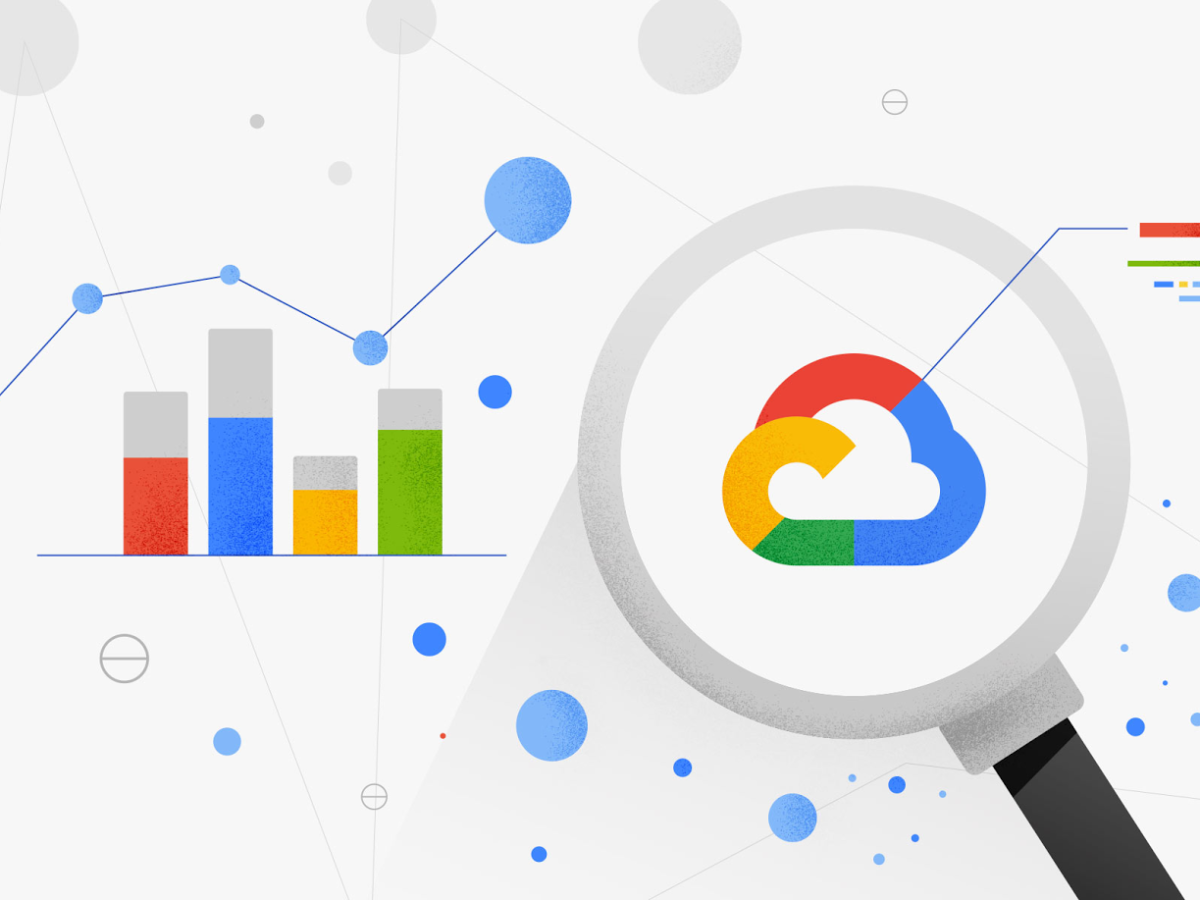Infrastructure Modernization with Google Cloud: Building a Future-Ready Business
As digital transformation accelerates, organizations need adaptable, resilient infrastructure that can handle growing demands without excessive overhead. Google Cloud’s infrastructure modernization tools enable businesses to build scalable, high-performance applications with reduced operational complexity. By leveraging Google’s world-class infrastructure, businesses can streamline workloads, optimize resources, and ensure that their applications are always ready to scale.
This article explores the core tools Google Cloud offers for infrastructure modernization, from virtual machines to containerized applications, and explains why Google Cloud’s infrastructure solutions are essential for businesses aiming to stay agile, efficient, and competitive.
Why Infrastructure Modernization Matters
Modernizing your infrastructure is about more than just moving to the cloud—it’s about creating an environment that’s prepared for future demands. With Google Cloud, you gain a flexible foundation that adapts as your business grows, helping you minimize costs, increase uptime, and scale resources on demand. According to The Best Blog Ever, infrastructure that scales effortlessly is crucial for businesses adapting to rapid market changes and digital growth.
Key Infrastructure Modernization Tools on Google Cloud
Google Cloud’s infrastructure solutions include Compute Engine, App Engine, and Kubernetes Engine, each offering specific advantages depending on your organization’s needs. Here’s a closer look at these core offerings:
1. Compute Engine: Reliable Virtual Machines for Every Workload
Google Cloud’s Compute Engine provides virtual machines (VMs) that run on Google’s advanced infrastructure, making it easy to set up, manage, and scale applications as your business grows. Compute Engine is ideal for applications with specific configuration needs, such as:
- High-Performance Computing: Deploy VMs optimized for memory or CPU-intensive applications.
- Scalable Web Services: Manage large-scale applications that handle high traffic.
- Flexible Operating Systems: Choose from a wide range of operating systems or bring your own licenses.
Compute Engine’s flexibility and performance make it a popular choice for businesses that need control over their infrastructure. Additionally, The Best Blog Ever highlights that Compute Engine’s pay-as-you-go pricing allows businesses to control costs by only paying for resources they actually use.
2. App Engine: Simplified Deployment for Scalable Web Applications
For businesses looking to focus on building applications rather than managing servers, Google Cloud’s App Engine provides a fully managed platform that automates infrastructure management, so you can focus on your code. App Engine is particularly well-suited for:
- Web Applications: Develop scalable web apps without worrying about server management.
- Microservices Architecture: Deploy and manage individual services independently.
- Multi-Language Support: Choose from a variety of programming languages, including Java, Python, Go, and more.
With App Engine, developers can quickly deploy applications and scale effortlessly as traffic grows, making it an ideal choice for startups and established enterprises alike. For more insights into leveraging cloud platforms to enhance application scalability, The Best Blog Ever offers practical tips on selecting the right cloud solutions.
3. Kubernetes Engine: Containerized Application Deployment Made Easy
As businesses embrace containerized applications for flexibility and efficiency, Google Kubernetes Engine (GKE) has become a game-changer in managing these environments. GKE is a managed Kubernetes service that enables seamless deployment, scaling, and management of containerized applications. Key benefits of GKE include:
- Automated Scaling: Automatically adjust resources based on workload demands, optimizing cost and performance.
- Enhanced Flexibility: Run and manage containers in a secure, cloud-native environment.
- Multi-Cloud and Hybrid Compatibility: Deploy applications across multiple cloud providers or on-premises.
Google Cloud pioneered Kubernetes, making GKE one of the most powerful and well-supported managed Kubernetes platforms available. With tools like Anthos, Google Cloud also allows companies to manage applications across hybrid or multi-cloud environments, helping businesses avoid vendor lock-in and maintain operational flexibility.
Benefits of Modernizing Infrastructure with Google Cloud
Infrastructure modernization with Google Cloud brings numerous advantages that help businesses remain resilient, agile, and ready for future growth:
- Improved Scalability and Flexibility: Google Cloud’s infrastructure is built to adapt, scaling resources based on real-time demand.
- Reduced Operational Complexity: With managed services, businesses spend less time on maintenance and more time on innovation.
- Enhanced Cost Management: Google Cloud’s pay-as-you-go model, combined with automated scaling, helps reduce costs by optimizing resource use.
- Increased Security and Reliability: Google’s world-class security protocols ensure that applications are safeguarded from digital threats.
For more information on the benefits of a cloud-first infrastructure, visit The Best Blog Ever, which provides insights on building secure, efficient cloud environments.
How Google Cloud’s Infrastructure Solutions Support Business Growth
Whether you’re a startup or an enterprise, Google Cloud’s infrastructure solutions provide the foundation for growth. Here are a few examples of how different industries can benefit:
- E-commerce: Scale resources during peak shopping periods to handle high traffic without compromising performance.
- Healthcare: Enable high-performance computing for research, patient data analysis, and diagnostics.
- Manufacturing: Leverage GKE for real-time data analytics, enhancing operational efficiency across the supply chain.
Google Cloud’s infrastructure solutions are designed to meet the unique needs of various industries, providing a reliable foundation for innovation and expansion.
Getting Started with Google Cloud Infrastructure
Starting your journey with Google Cloud infrastructure is straightforward, and there are flexible options for businesses of all sizes. Here are the steps to begin modernizing your infrastructure:
- Evaluate Your Needs: Assess your current infrastructure and identify areas where scalability, performance, or management could be improved.
- Choose Your Tools: Decide which tools—Compute Engine, App Engine, or GKE—align best with your requirements.
- Leverage Google Cloud’s Migration Support: Use Google Cloud’s migration services to transition your workloads with minimal disruption.
To learn more about infrastructure modernization, read our next article on Data & Analytics on Google Cloud, which explores how Google Cloud’s data tools empower businesses to make data-driven decisions and unlock new insights.
By exploring Google Cloud’s infrastructure solutions, businesses can build a future-ready foundation that supports innovation, growth, and resilience. Modernizing with Google Cloud means more than just adopting new tools—it’s about preparing your business for whatever the future holds.

 By
By


